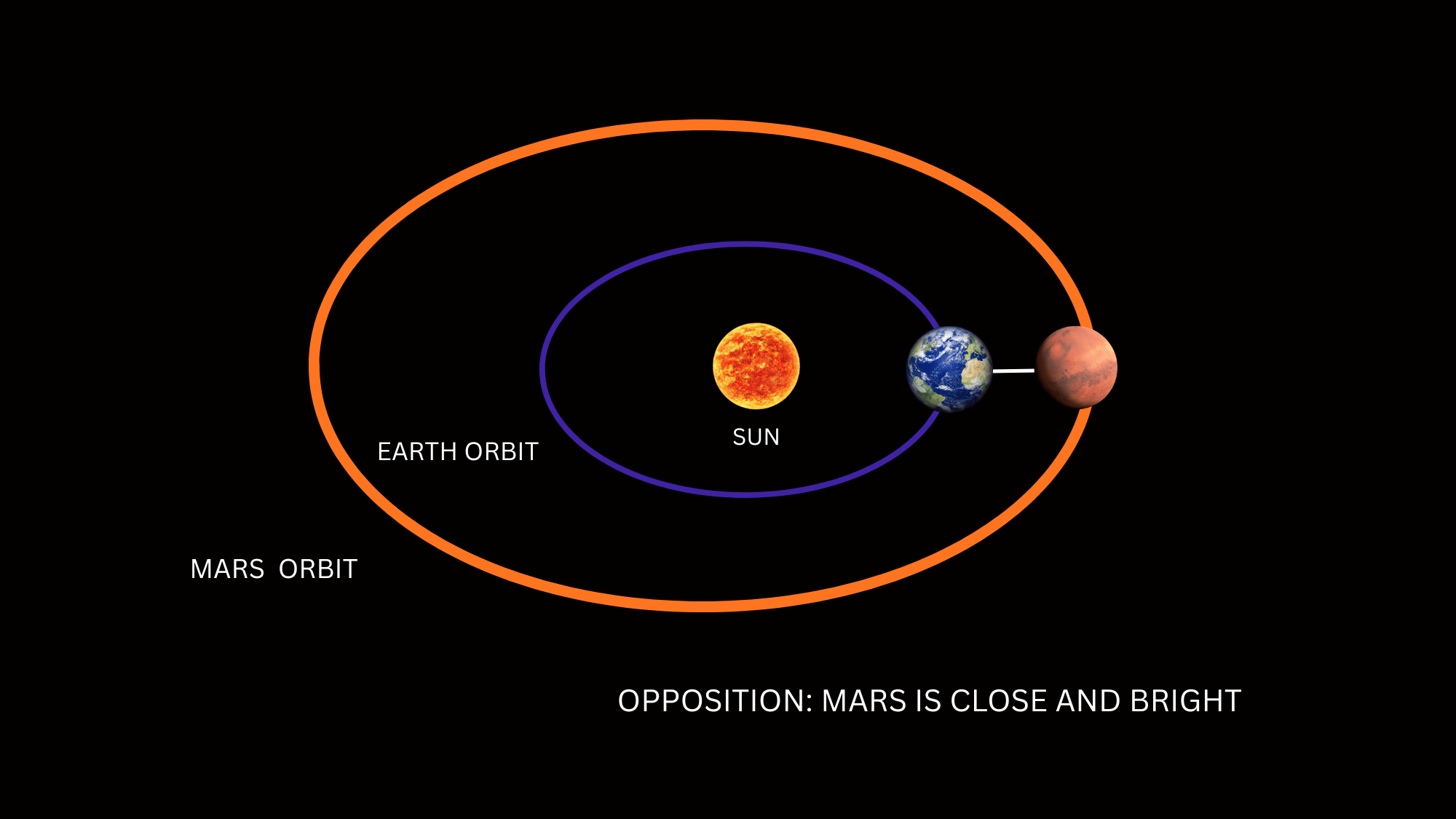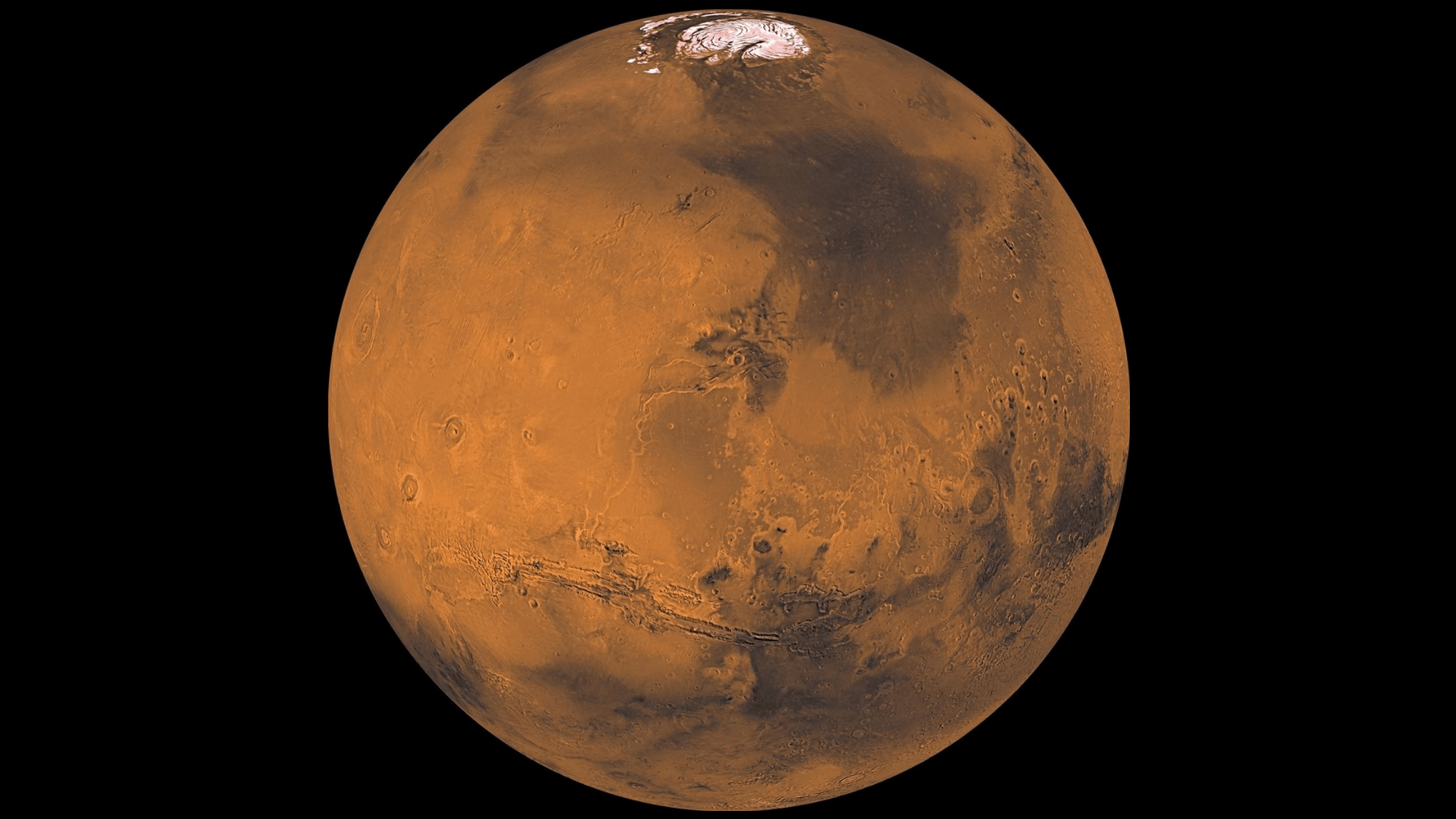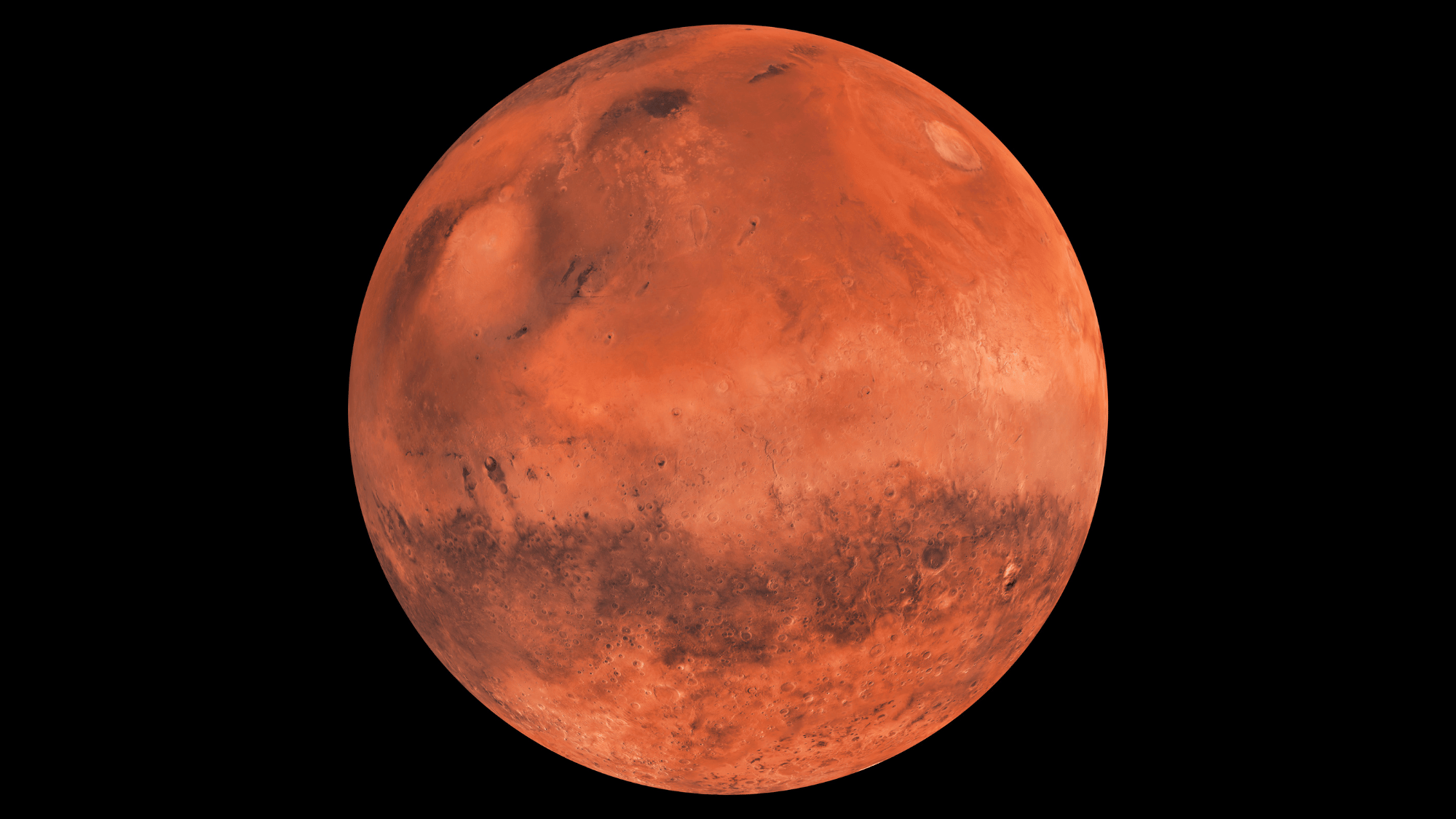Mars has always been one of the most interesting planets in our solar system. It is often called the Red Planet because of its rusty color, which comes from iron in its soil.
Unlike distant stars, Mars is a planet that moves through the sky along a path called the ecliptic.
For thousands of years, people have tracked its motion and noticed how it stands out from the stars around it.
But beyond science and stories, people often ask Can you see Mars with the naked eye?
Mars has even played an important role in myths, stories, and early science. Today, many people still look for Mars in the night sky as a way to connect with space.
Can You See Mars with the Naked Eye?
Mars is one of the planets that people can see without using a telescope, making it a favorite for sky watchers.
Along with Venus, Jupiter, Saturn, and Mercury, it belongs to the group of planets bright enough to stand out in the night sky.
Mars is visible because it reflects sunlight, and when it comes closer to Earth in its orbit, it can appear very bright. Unlike distant stars that twinkle due to Earth’s atmosphere, Mars usually shines with a steady light.
Its reddish glow, caused by iron oxide on its surface, makes it easy to recognize once you know where to look.
Mars also moves across the sky over weeks and months, shifting position among the stars. These features make it easier to recognize Mars once you know where to look.
What is the Best Time to see Mars?


The best chance to see Mars comes during a period called opposition, which happens roughly every two years.
At this point, Earth moves directly between Mars and the Sun, placing the planet at its closest distance to us. Because of this, Mars appears much brighter than usual, sometimes outshining nearly every star in the sky.
During opposition, it can reach a magnitude of about –2, which makes it one of the easiest planets to spot with the naked eye.
Another advantage is timing; Mars rises in the east at sunset, stays visible all night, and sets in the west at sunrise. This long window gives plenty of viewing opportunities.
Between oppositions, Mars is still visible, though smaller and dimmer. To plan ahead, you can check astronomy calendars for the exact dates of upcoming oppositions.
Conditions that Make Mars Easier to Spot


Image Source: NASA Science
Spotting Mars is not difficult, but the right conditions can make the experience much clearer and more enjoyable. Knowing what factors affect visibility helps you prepare and increases your chances of seeing it.
Light Pollution and Sky Darkness
Urban areas with heavy lighting make it harder to see faint objects in the sky. For the best view, travel to rural areas or designated dark-sky parks, where artificial light is minimal.
In these locations, Mars appears more vivid and its color stands out.
Even small reductions in light pollution, like turning off nearby lights, can improve visibility significantly and allow the planet to appear sharper to the naked eye.
Seasonal Position in the Sky
Mars does not stay in the same place year-round. Its location shifts depending on both its orbit and Earth’s orbit.
Sometimes it appears higher overhead, which gives a clearer view, while at other times it remains low near the horizon, where haze and atmosphere make it harder to see.
Checking seasonal guides or astronomy apps will help you know exactly where to look.
Helpful Viewing Practices
Besides location and timing, certain viewing practices can improve your chances of spotting Mars.
Allowing your eyes to adjust to the dark for 15–20 minutes makes fainter objects easier to notice. Avoid looking at phone screens or bright lights during this time.
Binoculars are not required, but they can help you notice Mars’ steady glow more clearly. Planning short viewing breaks away from city lights helps create the best stargazing experience.
Tips for First-Time Mars Watchers
If you are new to stargazing, finding Mars can feel a little tricky at first. These practical tips will make spotting the Red Planet easier and more enjoyable.
- Pick Higher Ground: Viewing from a hill or elevated area reduces the amount of atmosphere you’re looking through. This makes Mars appear sharper and less distorted.
- Observe at the Same Time Each Night: Mars shifts its position slowly, so watching at the same time each evening lets you track its movement and recognize it more easily.
- Note Its Brightness Compared to Stars: Keep track of how bright Mars looks compared to familiar stars. Its brightness changes over months, and noticing these shifts can help you know when it’s closest to Earth.
- Look Near Constellations: Mars often passes through well-known constellations like Taurus or Gemini. Knowing these patterns can guide you to its position more quickly.
Conclusion
Watching Mars is like following a moving landmark in the night sky.
Unlike distant stars that remain in fixed patterns, Mars slowly shifts through constellations, making its journey easy to track over weeks.
What makes it even more exciting is that you don’t need special tools; Mars is visible to the naked eye. During close approaches, even small telescopes can reveal surface features such as dark regions and polar caps.
With patience and curiosity, observing Mars becomes a memorable way to connect with the wonders of our solar system.


















